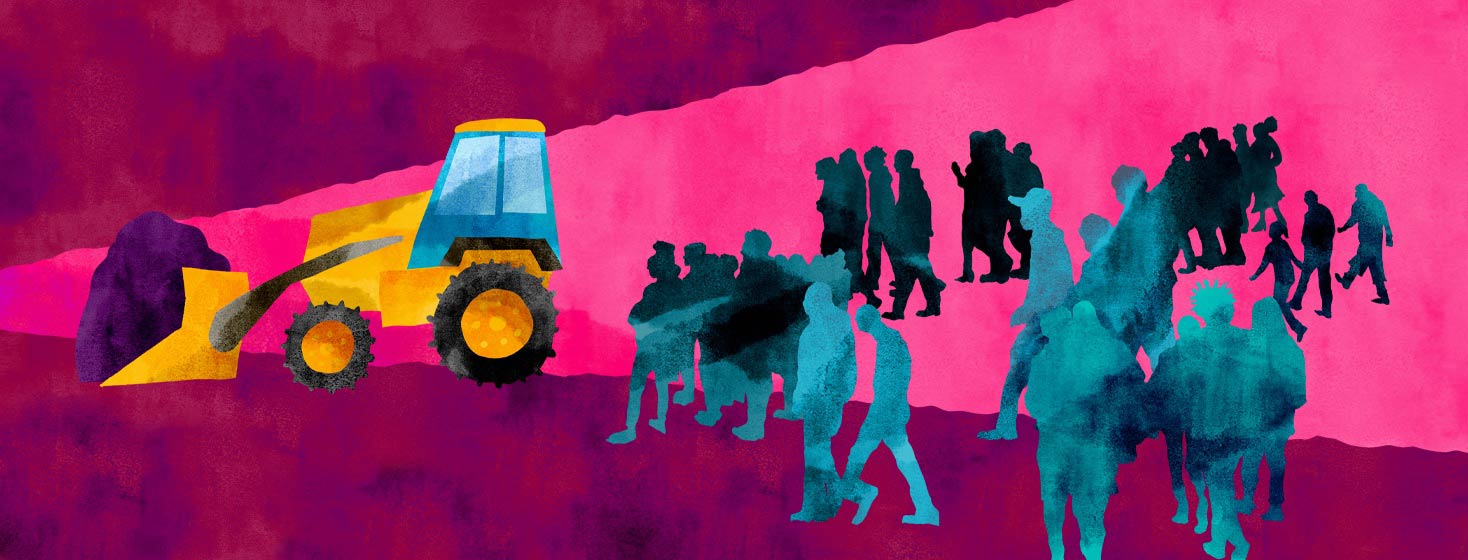2022-2030 World Health Organization Strategies for Ending HIV
The World Health Organization (WHO) has set new strategic directions to tackle HIV, among other health issues. These strategies were created to bridge the gap from previous years. They will be applied in the next 8 years, with a target date of 2030. The intent is to refuel the responses to diseases that were disrupted by the COVID-19 pandemic.1,2
Putting people at the center
Key groups listed below account for 65 percent of people who acquire HIV every year. With the new WHO strategic directions comes a new focus on these key groups who lack access to services, and social, and legal barriers.
Key groups include:2
- Transgender people
- People in prison
- People who inject drugs
- Sex workers
- Men who have sex with men
Key groups account for 65 percent of people who acquire HIV every year. The new WHO strategies focus on the unique health needs of people in key groups and related settings. For example, many countries have high levels of healthcare services, but low access for people in the key groups. The new strategies focus on changing laws and policies to eliminate these barriers.2
Focusing on people's needs and primary healthcare services is essential for ending the HIV epidemic.2
The 5 strategic directions
The WHO has outlined a set of 5 strategic directions to guide the plan for achieving these goals:1
- Provide high-quality, research-proven services for HIV with a focus on people in diverse groups and settings.
- Collaborate and work with primary healthcare, government, researchers, and academic institutions.
- Gather, analyze, and use data to check progress and guide action and research.
- Further support and engage affected people and remove potential barriers.
- Collaborate to identify research that focuses on new technology and health systems.
These combined efforts and centering on key groups can advance health across the world and contribute to ending this epidemic.
Key actions needed to end AIDS
The WHO also outlined key actions needed to end AIDS as a threat to public health by 2030. The main focus is to address people’s needs for healthcare, from prevention to chronic care. These key actions are:2
- Refresh the focus on primary prevention.
- Address major causes of HIV-related deaths.
- Close gaps in access to services for children and teens.
- Ensure people living with HIV continue to access HIV treatment and care services.
- Address chronic care needs to improve the quality of life for those aging with HIV.
- Eliminate barriers for key groups.
- Develop solutions to meet the specific needs of services for diverse groups and settings.
- Support new science that takes into account the needs of those with limited resources.
It will take strong leadership and collaboration to apply these global health sector strategies. Putting these plans into action may be affected by the ongoing impact of COVID-19. For this reason, the WHO has decided to review data and global targets in 2026. Plans will then be realigned as needed to end the HIV epidemic.2

Join the conversation